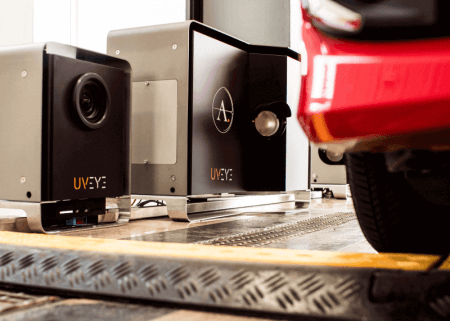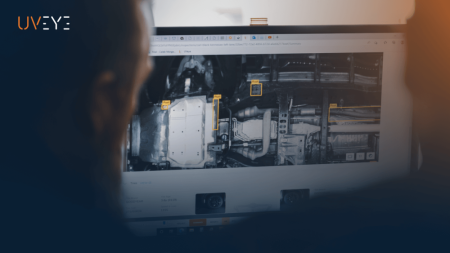There’s a lot that goes into making a used car profitable. It starts long before pricing, merchandising, or final paperwork. Often, it comes down to the very first few minutes after the vehicle hits your lot—or even before that.
A solid intake inspection process can make or break what a dealership earns on a trade. And with reconditioning costs rising and customer expectations higher than ever, those first steps matter more than they used to.
Why Intake Matters More Than Ever
Dealerships are still leaning heavily on used cars for gross profit. But not every trade is created equal, and surprises can eat into margin fast.
Missed curb rash, uneven tire wear, underbody issues—these might seem minor at first, but they add up. If they’re not caught early, they can slow down reconditioning, create tension with customers, or even delay listing the vehicle for sale.
A clear, consistent intake process helps reduce those risks. When teams know exactly what condition a vehicle is in from the start, everything downstream runs smoother: pricing, photos, service tickets, and time-to-line.
Speed + Accuracy = Better Margins
Time is money in used car operations. The faster a vehicle moves from drop-off to front-line ready, the greater the chance to turn it at the right price.
But speed without accuracy can backfire. A rushed or inconsistent walkaround can lead to re-dos or reappraisals. On the flip side, a repeatable process—especially one backed by visuals—gives both the sales team and service department a clearer path forward.
It’s not just about identifying flaws. It’s about creating shared visibility, reducing friction, and building trust between departments—and ultimately, with the customer.
Data is the New Baseline
Trade-in appraisals used to be mostly gut feel. Today, more dealers are layering in tools that provide hard data: condition scores, visual records, tire tread readings, and more.
This shift helps teams avoid back-end surprises and gives customers a more transparent appraisal experience. When you can clearly show why a vehicle is valued a certain way—and back it with visual evidence—it’s easier to keep the conversation focused and fair.
Where UVeye Fits In
This is exactly the space where UVeye operates. Our automated inspection systems help dealers capture a vehicle’s condition the moment it arrives, with fast scans that document everything from tire health to body damage to underbody issues.
Instead of waiting on multiple departments to piece together a condition report, teams get clear insights right away—helping them price smarter, recon faster, and protect gross.
Trade-ins will always be a balancing act. But with better visibility from the first scan, the path to final sale gets a whole lot smoother.




